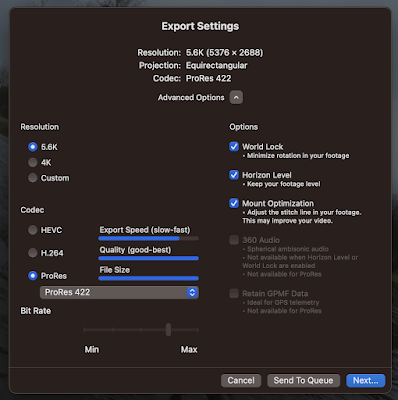Libraries were the first organisations to grapple with the opportunities and issues of managing large volumes of semi-structured information management. Stewardship of art, books, manuscripts, maps, recordings, and other textual, graphic and sensory artefacts ultimately necessitates setting up some means of identification and storage of such things.
Lists give way to card indexes, indexes become catalogues, catalogues become databases and databases become collections of databases continuously changing in scope and temporal fixity.Ultimately the catalogue or database becomes an information artefact needing organisation and management itself. Libraries were therefore early adopters of computing technology, shifting indexes and catalogs to electronic form thereby reducing the cost and effort of searching for and retrieving details of publications held in the library. Electronic access reduced search and catalog errors in details like the correct title, author and publisher names; plus they provided information on the physical storage location of the title.
However, no library has the resources available to carry a copy of each and every book ever printed (or journal, publication, recording etc), so libraries naturally started to share catalog information. As libraries shared catalog information they generated a dynamic for standardising the representation of the very same catalog index information. Publishers too, with their own catalogues of respected books, journals and proceedings, discovered that they could sell or distribute this information to libraries too; ultimately for use by students, academics and researchers who in turn would order publications of interest to them. Professional organisations also found there was value to be got from providing their catalogs electronically, which in turn allowed readers to search through selectively order journal articles, books or other publications.
Initially each database was organised as its creator saw fit, suiting their own narrow needs, then those of other end-users. Eventually the means of referencing, organising, or cataloging was recognised as a kind of intellectual property in its own right, conferring competitive advantage and thus a way of controlling access, and possibly charge (high) fees (or rents?) for the right to use it. Complicating this somewhat, particular ways of organising formation for one group might not make sense to another group, thus different standards were proposed (and are still used) for referencing Medical, Geological, Physics, Maths, Sociology, Business etc. Over time the benefits of standardisation became compelling as librarians and end users struggled to access, and accumulate information straddling a variety of sources in a variety of formats with differing levels of detail. Even so there remains a degree of resistance to standardisation as organisations sought markets for the catalogues they had gathered and organised. "What would happen to their market share if anyone could use their format! Catalogues were initially distributed via floppy disk, CDROM and via networks".
The subsequent history of online library catalogues is in many ways a history of the Internet. The Z39.50 protocol was devised for searching and retrieving publication reference information from remote catalogs (also see oclc.org). The first network service and catalogue tools were Telnet, Gopher and WAIS. Most likely you have never heard of these technologies but they were the precursors to the Internet. Tools, used by librarians and academics, they supported academic communication, research, writing and publication. In the current age of commercial and open source co-existence, technology groups like #BibLibre continue the development of open library catalogue and circulation software http://shar.es/1XZvBT while generating revenues through consulting.

